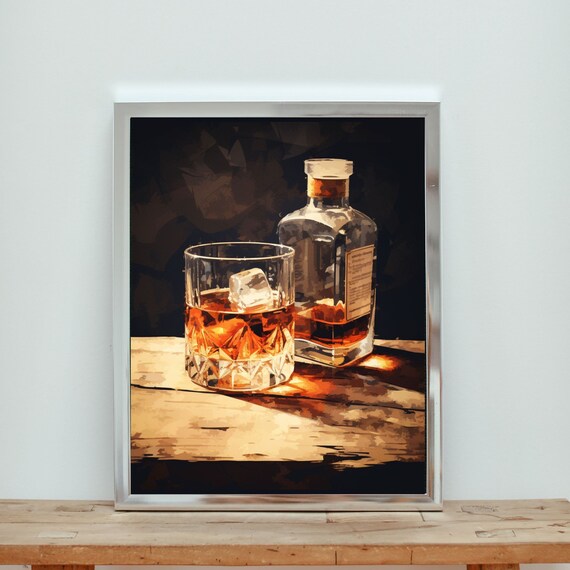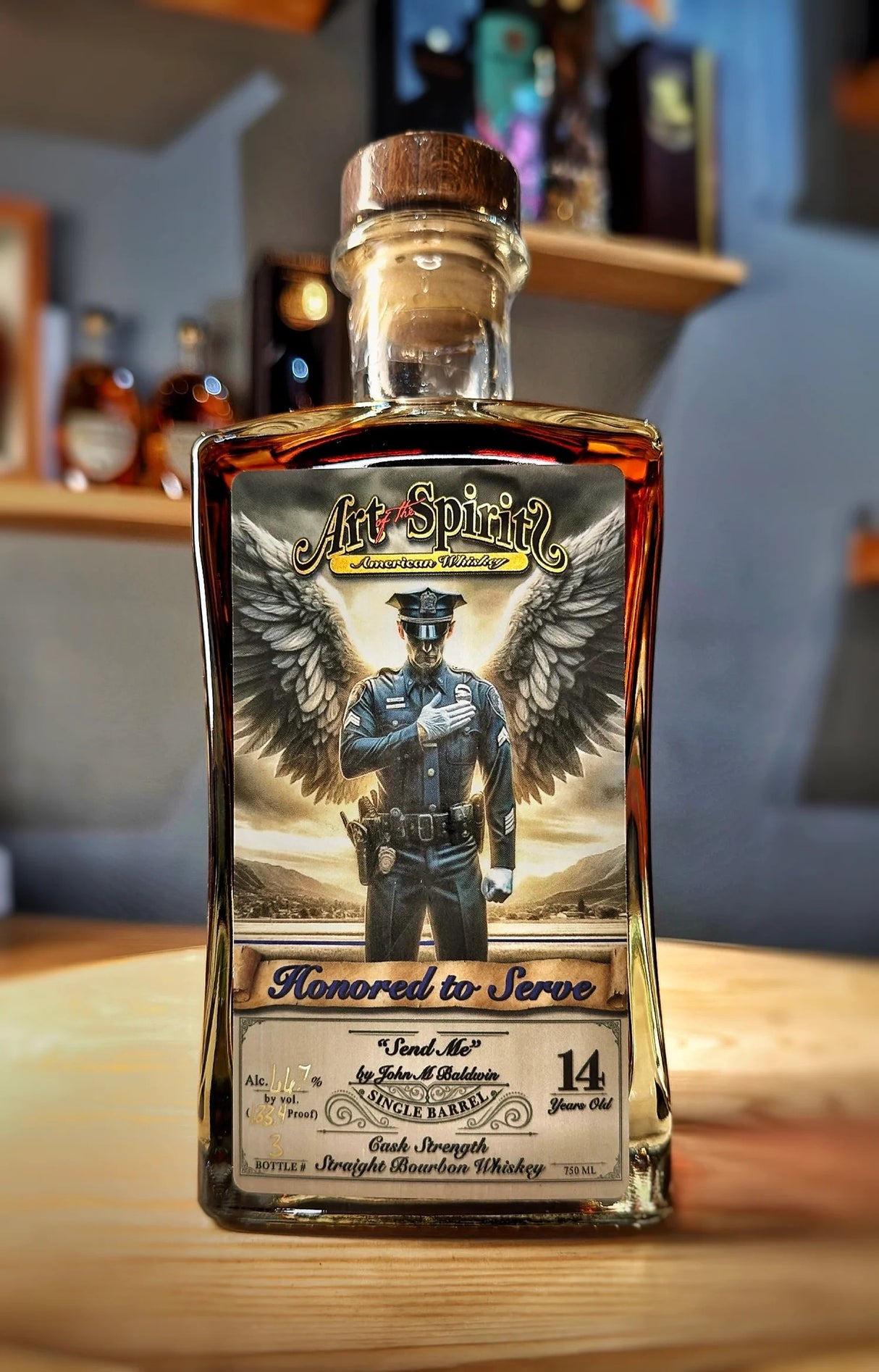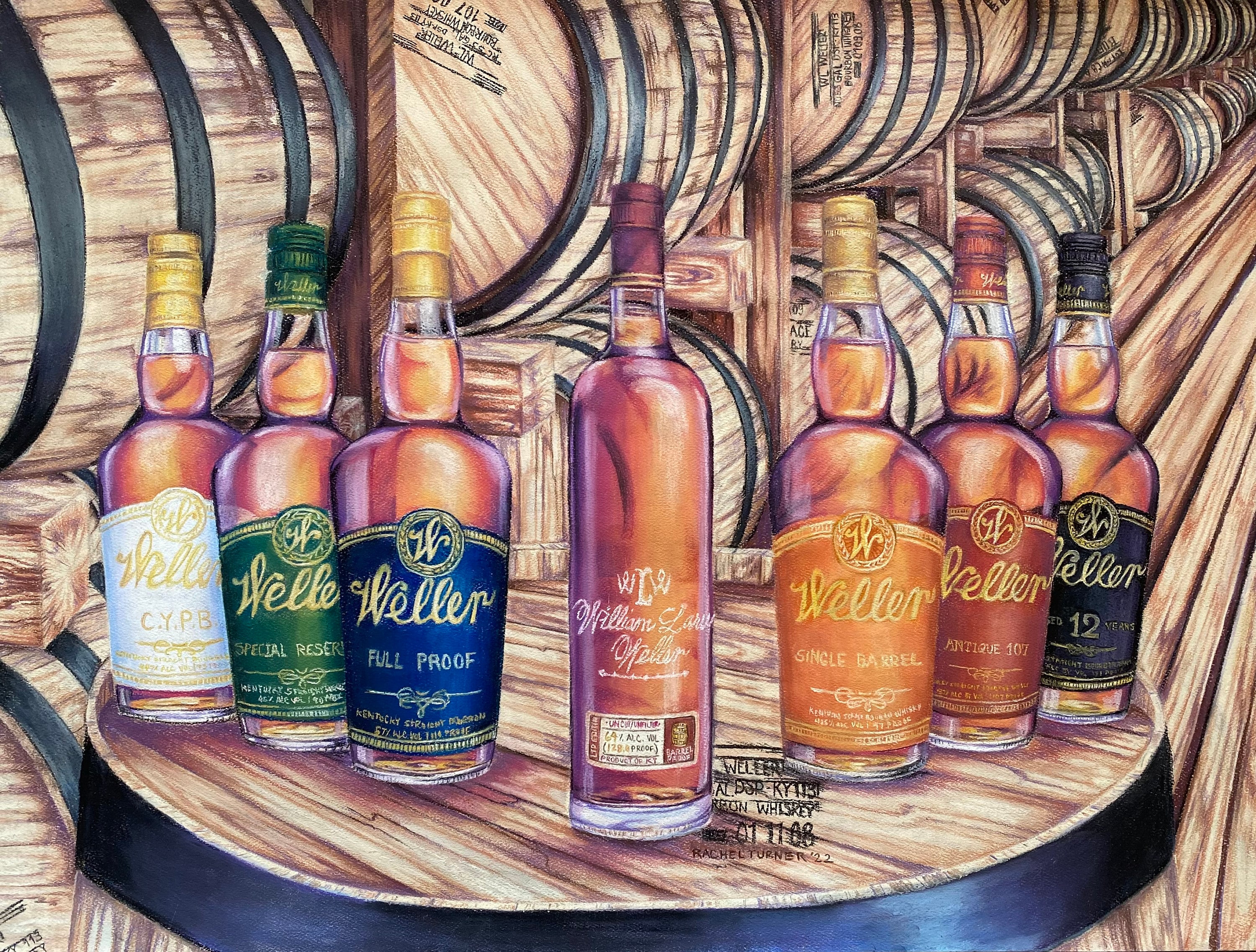Limited Edition: Discover Exclusive Bourbon Art Pieces for Collectors
Wiki Article
Recording the Essence of Whiskey Art With Special Visual Depictions and Styles
The art of scotch prolongs beyond the fluid itself, showing up through a selection of visual representations that envelop its fabled heritage and craftsmanship. What continues to be to be uncovered is exactly how these evolving styles reflect not only the whiskey itself yet additionally the changing landscape of artistic analysis. Realism Art.The History of Whiskey Art

As scotch production spread, so as well did the desire to elevate its experience through art. From the detailed inscriptions on very early casks to the intricate labels of modern bottles, each component shows a special artistic vision, acting as a visual narrative of the bourbon's heritage.
In the 19th and 18th centuries, the rise of the industrial transformation better improved scotch art, causing innovative packaging and advertising that recorded customer attention. Musicians and designers started try out looks, imbuing whiskey-related images with symbolic meanings that shared concepts of workmanship, neighborhood, and tradition.
Today, whiskey art proceeds to progress, blending conventional methods with contemporary art kinds. Realism Art. This ongoing discussion in between the spirit and its graph highlights the long-lasting bond in between whiskey and culture, enriching the general experience for lovers worldwide
Iconic Container Styles
While several factors add to the appeal of scotch, iconic container layouts play a critical function fit customer assumption and boosting the overall experience. The aesthetic presentation of bourbon containers is not just a visual factor to consider; it functions as a bridge between the customer and the item, stimulating emotions and establishing expectations.Distinctive shapes, products, and closures can boost a scotch brand's identification, making it instantly identifiable on crowded racks. As an example, the timeless Glenfiddich container, with its elegant conical silhouette, communicates a feeling of practice and craftsmanship, while the strong, contemporary layout of the Balvenie bottle mirrors technology and sophistication. The usage of colored glass or one-of-a-kind appearances can recommend the quality and personality of the whiskey within.
Famous layouts frequently include components of cultural heritage, signifying the brand's background and link to its origins. Brands like Jack Daniel's utilize an uncomplicated, robust design that resonates with its American whiskey heritage. Eventually, the impact of container layout expands beyond simple performance; it envelops the essence of the brand name, inviting consumers to discover and delight in the rich tapestry of scotch culture.
Tag Art Work and Branding
Container designs frequently establish the stage of what customers can anticipate, however label artwork and branding play an equally significant duty in interacting a bourbon's identity. The tag functions as the first factor of get in touch with between the product and the consumer, encapsulating the essence of the whiskey within its aesthetic elements.Reliable tag artwork integrates typography, imagery, and shade to develop a story that reverberates with the brand's heritage and target audience. For circumstances, a tag including elaborate images and classic fonts may stimulate a sense of custom and workmanship, attracting lovers. On the other hand, bold shades and modern-day style aspects might attract a younger market seeking innovation and excitement.


Digital Photography and Visual Storytelling
Capturing the significance of bourbon through photography and aesthetic storytelling is an art type that raises the brand experience. This medium goes beyond mere item depiction, diving right into the intricate stories that surround each bottle. By employing engaging imagery, photographers can stimulate feelings that resonate with customers, ultimately creating a deeper link to the scotch brand name.Visual narration in whiskey digital photography usually makes use of rich textures, lights, and make-up to highlight the distinct attributes of the spirit. The interplay of light and darkness can emphasize the brownish-yellow hues of bourbon, while the option of history components-- such as rustic barrels or classy glass wares-- can reinforce the brand's heritage or lifestyle associations.
Furthermore, catching the ritualistic facets of scotch usage, from the pouring to the tasting, invites audiences right into a sensory experience, allowing them to picture the tastes and aromas that wait for. Each picture not just showcases the product however also narrates of craftsmanship, tradition, and the moments that whiskey can boost - Whiskey Art. Thus, photography ends up being an effective tool in verbalizing the identity of whiskey brands, placing them within the wider cultural landscape
Emerging Patterns in Whiskey Art
The advancement of scotch art is significantly formed by contemporary fads that show more comprehensive societal changes and consumer preferences. One famous pattern is the integration of sustainability into art practices. Musicians are currently making use of green processes and recycled materials to develop whiskey-themed items, reverberating with environmentally mindful customers. This change not just highlights the importance of sustainability but likewise improves the story bordering bourbon production.Furthermore, electronic art has risen in popularity, enabling innovative depictions of bourbon. Musicians are leveraging technology to craft immersive experiences, such as enhanced fact installments that involve visitors and provide a much deeper understanding of scotch's cultural relevance. This pattern likewise encompasses social networks platforms, where aesthetically striking web content gathers focus and cultivates community among fanatics.
Additionally, cooperations between whiskey brands and artists are becoming much more widespread. These collaborations produce limited-edition packaging layouts and special art work that celebrate both the craftsmanship of whiskey and the creativity of musicians. As scotch art continues to develop, these emerging fads will undoubtedly form its future, cultivating a dynamic intersection of society, sustainability, and technology within the whiskey community.
Conclusion
In conclusion, the art of bourbon includes a diverse selection of aesthetic representations that mirror its abundant heritage and craftsmanship. From renowned bottle layouts and elaborate label art work to compelling digital photography, each component adds to a broader story that boosts the consumer's experience. As arising trends, such as electronic art and sustainability, proceed to shape this imaginative landscape, the complex identity of whiskey continues to be a withstanding source of social connection and expedition.

In final thought, the art of whiskey incorporates a varied range of visual depictions that show its rich heritage and workmanship.
Report this wiki page